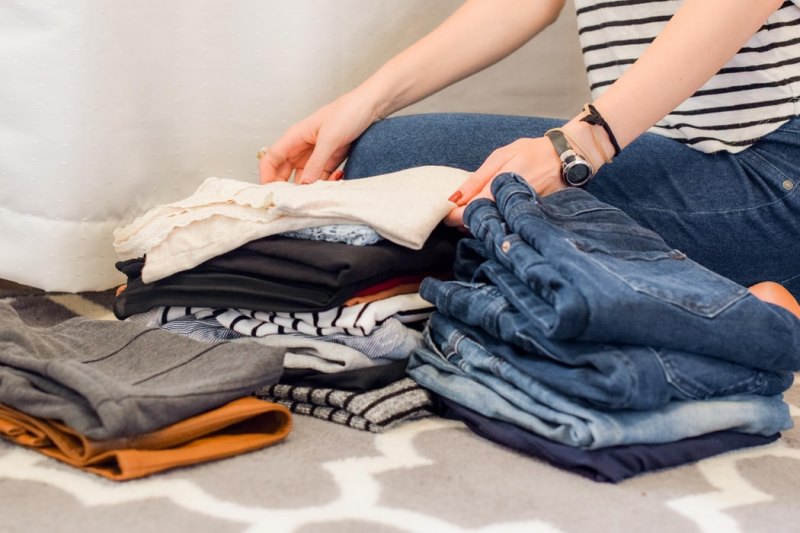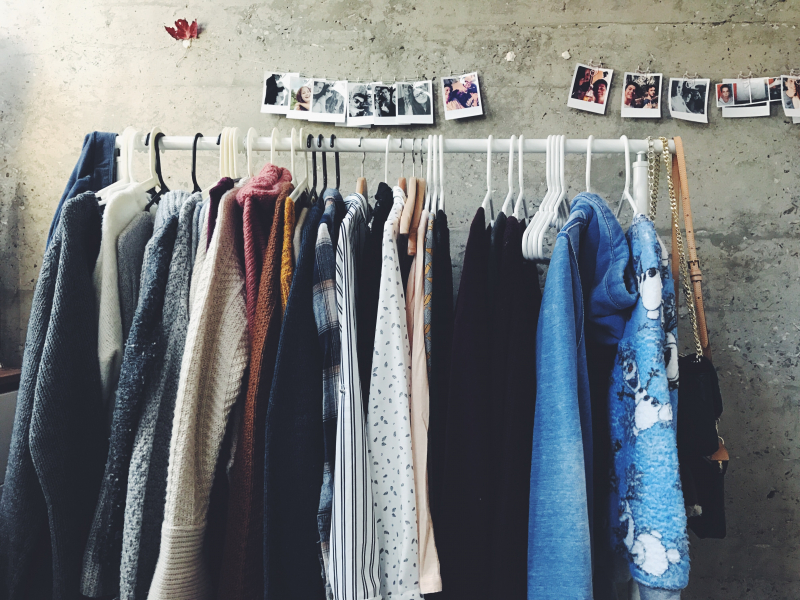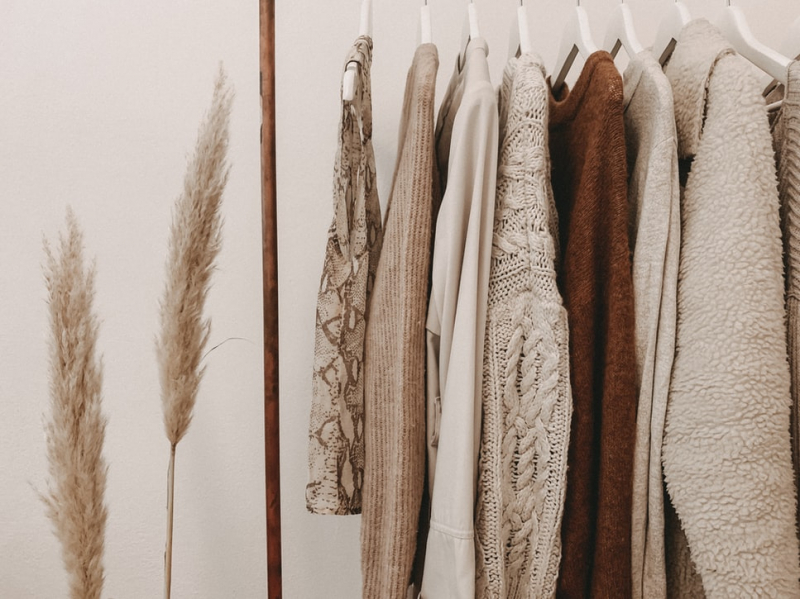Keep or toss?
Decluttering may not be easy, especially if it’s been on your to-do list forever, but here’s how you can make it less intimidating. First, you need to come to terms with the task ahead of you and set a specific date and time of when you’re going to get fully immersed in the action. Otherwise, you may find yourself in the vicious circle of seeing your clothes travel from one part of your room to another. Then, depending on your preferences, you can either tackle your entire collection by removing everything from your wardrobe (so there’d be no way back) or take it easy and pull out one item at a time. As you go through each garment, ask yourself a few simple questions:
- Do you like it? If not, focus on why (not trendy anymore, too colorful, not comfortable, etc.)
- How often do you wear it and for what occasions?
- Do you have a matching garment, if needed?
- Is it of good quality?
- Can it be useful to someone else?
Then, after some time playing dress-up in front of the mirror and deep reflection, you should divide your items into yes, no, and maybe (or whatever suits you), with maybe being something you’re not 100% sure about and willing to give some time. Side note: try to find a separate space for the “maybe pieces” in your closet and check back in a while to see whether they’re any good or not. Then, you should have a closer look at your definite nos and separate those clothes that are in a newer condition from those that are severely worn out. Once your closet is spruced up and you’re left with the items you no longer need or want, it’s time to explore your next steps.
The 5 R’s

Credit: Sarah Brown (@sweetpagesco) on Unsplash
Did you know that an average consumer throws away around 32 kg of clothing per year? When it comes to green living, there are many ways to deal with used clothes – except making the trash their new home. These are reduce, rewear, recycle, repair, and resell. But before that, let’s make sure you didn’t miss anything. What about calling up a few friends or relatives? One of your 30 second cousins might want to buy a plaid skirt just like you have. Or maybe you can actually sew those buttons back? Or even better – try to make it unique by DIYing it to your heart’s content? If not, let’s move on to the next step.
What to do next?
Here are some more ideas:
- Online platforms
You can find almost anything online, and you can also sell almost anything online. So, if you want to turn your unwanted clothes into cash, you can use your social media (VK, Facebook, Instagram, etc.) to look up some relevant groups and pages or special apps and websites. One of the most popular websites (and apps, too) in Russia is Avito. There, you can find anything your heart desires – from a particular edition of your favorite book to a good-looking and affordable apartment for your first solo living experience. And it’s a good platform for selling, too. So, take some good-quality pics of your clothes, accessories, or shoes, decide on the price, write a killer product description – and see your items find new owners.
Note: while taking full advantage of the digital world, please don’t forget about safety: trust your intuition, meet with strangers only in public places, and so on.
- Donation and recycling
If you want to dispose of your clothes in an eco-friendly way, take your clean clothes and shoes to one of the many clothing donation and recycling bins scattered around the city. Lepta, Spasibo, Peremolka, and some others are organizations that help people in need by providing them with clothes or making donations to funds, as well as help the environment by recycling unwanted clothes. It’s fast and simple! You can use this handy website to find one near you.
- Stores, second-hand stores, flea markets, etc.

Credit: Shanna Camilleri (@shannacamilleri) on Unsplash
More and more stores – among which are H&M and Monki – have started to accept unwanted clothes of all brands and conditions for recycling. All you have to do is bring a bag of clothes into the store and get 15% off your next purchase as a bonus. Keep in mind that although not all stores have in-store bins, you can always ask the employees for help.
While major retailers are only now stepping into in-store recycling initiatives, second-hand stores and flea markets have a long history. For a token price, you can sell lots of items like clothes or accessories at flea markets and garage sales (Garage Sale Spb) or give your clothes a second life at one of the city’s numerous second-hand stores (Spasibo). Whatever suits you best, make sure to reward yourself for your hard work (but probably not by buying more clothes).
Learn how you can live green in your day-to-day life with our best stories on recycling and vegan places in St. Petersburg, as well as enjoy our personal experiments in decluttering the office and living zero-waste.




